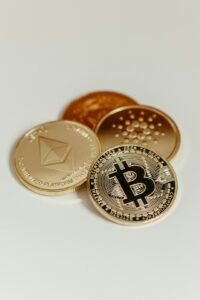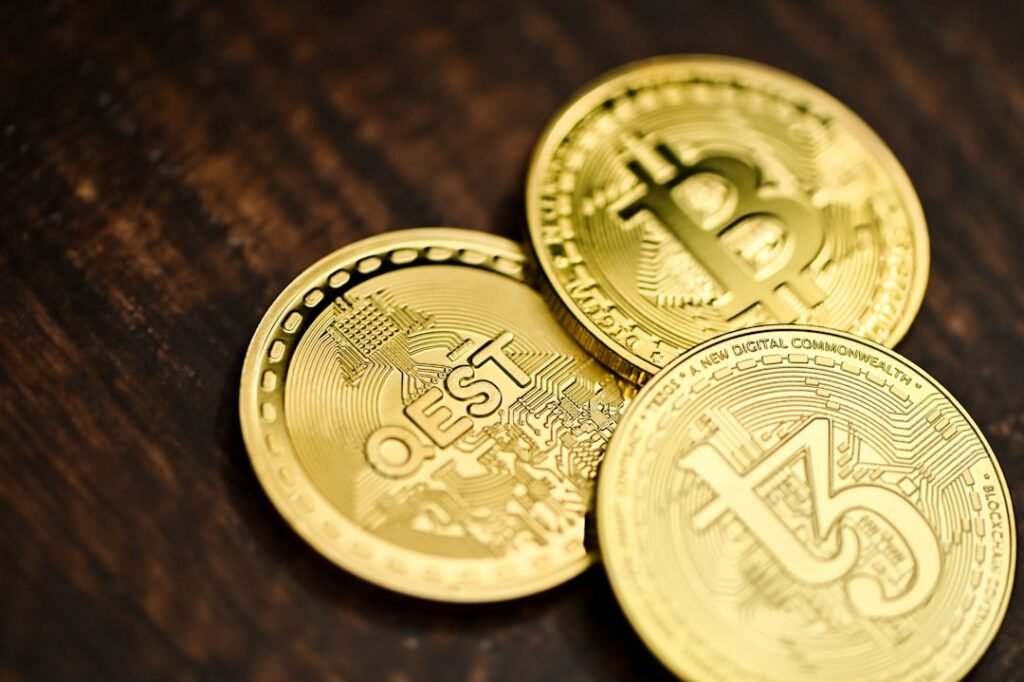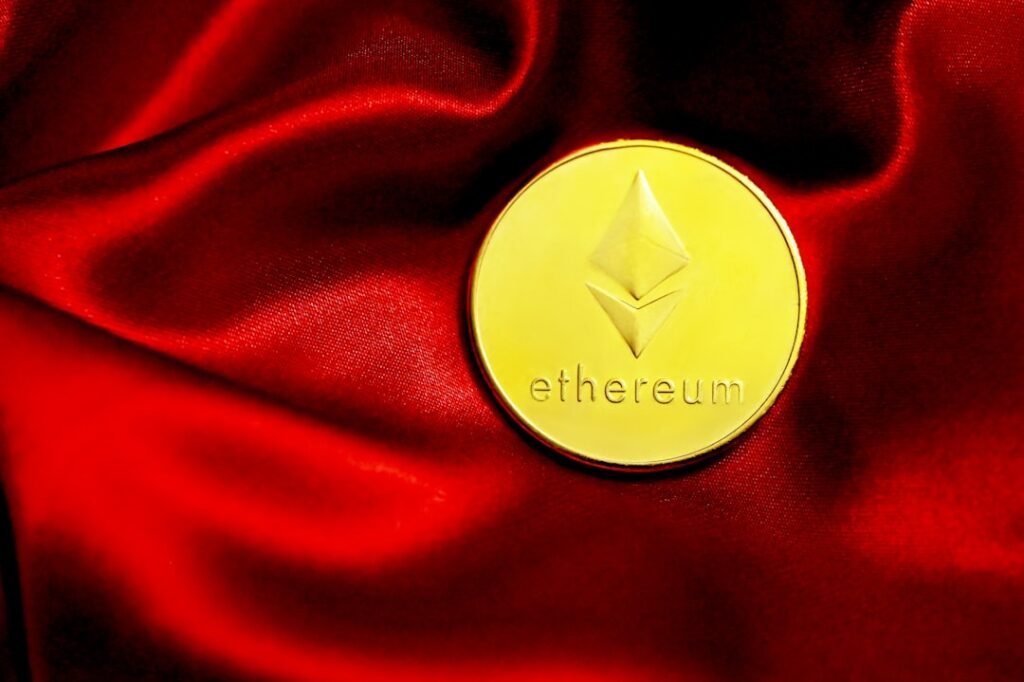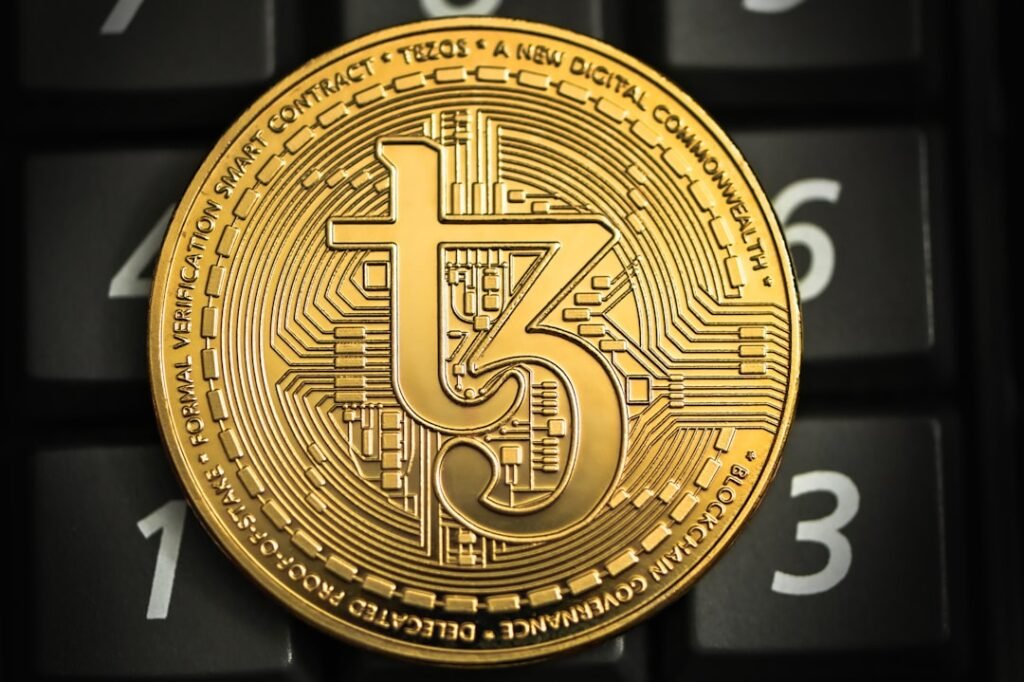誇大広告を超えて:本当のDeFiリターンを計算するための残酷な真実
二桁の利回り!人生を変えるパッシブ収入!分散型金融(DeFi)のサイレンの歌は力強く、従来の金融を凌駕するリターンを約束している。しかし、流動性プールに真っ先に飛び込んだり、貯蓄をつぎ込んだりする前に、重要な質問に答えなければならない: その目を見張るようなAPYは本当なのか? 実際に ポケット? 本当のDeFiマイニングやステーキングのリターンを評価し、計算する方法を理解することは、賢いだけではありません。マーケティングは忘れて、現実を解剖してみましょう。
専門用語を読み解くAPRとAPYの違い - 意味だけではない
最初のハードルは、その数字の意味を理解することだ。 実際に を代表している:
-
APR(年率): これは ベース 1年間に得られる金利、 なし 複利の効果を考える単利で考えてみよう。あるプールが10%のAPRを提供し、あなたが$1000を預けた場合、複利計算が行われなければ、あなたは1年間で$100の利息を得ることになる。
-
APY(年率利回り): これは 効果的 年間収益率、 複利計算.これは、報酬が頻繁に(毎日、あるいは毎時間)分配され、自動的に再投資されることが多いDeFiでは極めて重要である。同じ10%のAPRを毎日複利で計算すると、APYは約10.52%となる。複利計算の頻度が高いほど、APRに比べてAPYは高くなる。
- APYがしばしばジューシーに見える理由: プラットフォームはAPYを大いに宣伝している。 ルックス を大幅に上回り、複利の力を示している。しかし、広告のAPYを達成するためには、一貫して同じレートで報酬を再投資する必要がある。
DeFi利回りはどこから来るのか?リターンの解剖
DeFiは魔法ではない。これらの利回りは、複雑ではあるが現実のメカニズムから生み出されている:
- 取引手数料(流動性プール-AMM): これはUniswap、SushiSwap、PancakeSwapのようなプロトコルの糧となるものです。あなたが貢献した流動性プールでユーザーがトークンを取引すると、ユーザーは手数料を支払います(例えば、取引ごとに0.3%)。この手数料はプール内の全ての流動性プロバイダー(LP)に比例配分されます。あなたの取り分は、流動性全体に占める割合によります。 一般的に、取引量が多ければ多いほど、LPにとっては手数料が高くなります。
- 流動性マイニングのインセンティブ/トークン報酬: これはしばしば、きらびやかな誘惑である。流動性を高め、ユーザーを引き付けるために、プロトコルは 独自のネイティブ・トークン LPやステーカーへの報酬として。 通常、3桁のAPYはここから生まれる。 重要なのは、これらのトークンの価値が非常に不安定で、しばしば大幅なインフレ(報酬としてトークンが増刷される)に見舞われることだ。
- ステーク報酬(プルーフ・オブ・ステーク・ネットワーク): トークン(例:マージ後のETH、SOL、ADA、DOT)を「ステーク」すると、ブロックチェーン・ネットワークの安全確保に貢献することになる。その見返りとして、プロトコルは報酬として新しいトークンを発行する。ここでの収量は通常、積極的なDeFiファーミングよりも低いが、多くの場合、それほど複雑ではないと考えられている。報酬は通常、ネイティブ・トークンで表示される。
- 貸出金利: AaveやCompoundのようなプラットフォームでは、ユーザーが暗号資産を貸し出すことができる。借り手はローンの利息を支払い、この利息からプロトコル手数料を差し引いたものが貸し手に分配される。金利は各資産の需要と供給に基づいて変動する。
氷山の一角:流動性供給における隠れたコスト
流動性プロバイダーにとって、最大の脅威は市場の暴落ではないことが多い。 永久損失(IL).これは複雑だが、避けられない概念である:
- それが何か: ILは、流動性プール内の2つのトークンの価格比率が変化したときに発生します。 その後 を預ける。プールの外で2つのトークンを保有するよりも損失が生じる。この損失は、価格が元の比率に戻った場合のみ「無常」である。
- なぜそうなるのか: 自動マーケットメーカー(AMM)はプールのバランスを自動的に調整します。トークンAがトークンBに対して高騰した場合、プールのアルゴリズムはトークンAを売却し、トークンBを購入してプールの価値比率を維持します。つまり、勝ったトークン(トークンA)は少なくなり、負けたトークンや停滞したトークン(トークンB)は、そのまま保有していた場合よりも多くなるのです。
- 壊滅的なインパクト ILの場合 簡単に 特にボラティリティの高い時期には、取引手数料やトークン報酬が帳消しになるか、それ以上になることさえある。APYが高くてもILが高ければ意味がありません。プールに入る前に潜在的なILを計算することは譲れません。
計算方法 リアル 戻るノイズを断ち切る
見出しのAPYは忘れてください。真のリターンを計算するには、より微妙なアプローチが必要です:
- すべての報酬構成要素を特定する:
- 手数料(該当する場合)からのベースAPR。
- トークン特典によるAPR/APY(米ドル建て価値 配布時).
- ステーク報酬(ネイティブトークンのAPR/APY)。
- 貸出金利。
- すべてを共通分母(USD/USDT/USDC)に変換する: 報酬は多くの場合、変動しやすいトークンで提供されるため、各報酬の米ドル価値を追跡する必要があります。 受け取ったら 実質所得を理解する。
- 永久的な損失を考慮する(LPの場合): これは非常に重要である。トークン・ペアの予想ボラティリティに基づいて、潜在的なILを見積もる。オンライン計算機を使用する。 実質利回り = (手数料 + トークン報酬の価値) - 永久損失。
- 料金の勘定:
- ガス料金: イーサリアム(または他のネットワーク)の取引(入金、出金、報酬請求、複利計算)のコストは、特に混雑時には膨大になる可能性があります。小さなポジションはガスコストによって完全に侵食される可能性があります。アクションと頻度ごとの平均ガスコストを計算します。
- プロトコルの料金 プラットフォームによってはカットされる(例えば、Uniswap v3では取引手数料の0.05%がプロトコルに支払われる)。
- 希薄化とトークンのインフレ: 報酬がインフレ率の高いトークンで支払われる場合、トークン1つあたりの価値が急激に急落し、多くのトークンを受け取ったとしても実質的な利回りが損なわれる可能性があります。トークノミクスを研究しよう。
- ネットのAPR/APYを計算する: 全てのUSDの収入源(手数料、報酬)を合計し、ガス代とプロトコルの手数料の概算を差し引き、ILの概算(LPの場合)を差し引き、初期資本に対するネットリターンを計算する。これがあなたの 真収量.
計算例(簡易流動性プール):
- 初期投資$10,000 (50%トークンA、50%トークンB)
- 年間取引手数料の見積もり(あなたのシェア):$500 (5% apr)
- 年間トークン報酬の見積もり(配布時の米ドル価値):$2000 (20% Apr)
- 総収量予想:$2500(25% APR)
- 年間ガス料金の見積もり(請求/リバランス):$200
- 推定永久損失(ボラティリティに基づく):$800
- ネットリターン$2500-$200(ガス)-$800(IL)=$1500
- 純収量:$1500÷$10000=15%
広告の「25% APY」はネットで15%となった、 もし IL の見積もりは維持される。ボラティリティが高ければ、ILは悪化する可能性がある。
無視されがちな要因:他に何があなたの収穫を奪うのか?
- スリッページ: 大きなポジションの出入りは、スリッページ(予想よりも悪い価格を得ること)を引き起こし、資本効率を低下させる可能性がある。
- スマート・コントラクトのリスク: 現実的な脅威。バグや悪用は、資金の完全な損失につながる可能性がある。高い利回りは、より新しくリスクの高いプロトコルと相関することが多い。
- オラクル・リスク DeFiは価格フィードに依存している。操作されたオラクルや欠陥のあるオラクルは、清算や誤った価格設定を引き起こし、損失を引き起こす可能性がある。
- トークンのボラティリティ ILを避けたとしても、賭け金/報酬トークンの価値が独自に急落することがある。
- 規制リスク: 規制の変更は、プロトコルの実行可能性やトークンの価値に影響を与える可能性がある。
- 税金だ: 報酬トークンは通常、受け取った時点で課税所得となる。取引手数料も課税対象となる場合があります。トークンを売却するとキャピタルゲイン/ロスが発生します。 これは純利益に大きく影響する。
その異常な高利回りは持続可能か?リアリティ・チェック
3桁のAPYは、ほとんどの場合、その原動力となっている:
- 高インフレのトークン報酬: プロトコルは資本を集めるためにトークンを急速に印刷している。このため、需要が供給を大幅に上回らない限り、価格の下落は避けられない。
- ポンジーのような力学: 以前の参加者への報酬を支払うための新規預金への依存。長期的に持続不可能。
- エクストリーム・リスク 多くの場合、新しい、未監査のプロトコルや、ボラティリティが高く、大規模なILになりやすい相関性のある資産ペアで見られる。
- 一時的なインセンティブ: 短期間で終了するように設計された、報酬がアップする「イールドファーミング」キャンペーン。
持続可能な利回りは、すべてのコストとリスクを考慮した後、確立されたプロトコルとより安全な資産ペアでは、通常1桁か10%台前半になる。
DeFiの機会を評価する方法:デューデリジェンス・チェックリスト
資本を投下する前に、これらの質問を容赦なく投げかけよう:
- 利回りの源泉は何か? (手数料、トークン報酬、ステーキング、貸し出し?)
- ブレイクダウンとは? どの部分がAPR(基本手数料)ですか?どの部分がトークン報酬のAPYですか?トークンの変動率は?
- リスクとは何か?
- 永久損失(LPの場合): 資産の変動性は?計算機を使ってシナリオをモデル化する。
- スマート・コントラクトのリスク: プロトコルは監査されているか?誰が?いつから運用されているのか?コードはオープンソースか?バグ報奨金はありますか?
- トークノミクス リワード・トークンのインフレ率は?チームや投資家の権利確定スケジュールは?トークンのロックアップはありますか?
- 市場/ボラティリティ・リスク: LPにとっての)資産の相関性は?一般的な市場リスクは?
- ガス料金: 取引にはどれくらいのコストがかかるのか?自分の資本規模に見合うか?
- コストは? ガス代、プロトコル料、出金手数料?
- 利回りは持続可能か? 実際の料金に基づくのか、それとも単なるトークン印刷なのか?インセンティブはいつまで続く予定ですか?
- 出口戦略: 引き出しは簡単ですか?ロックアップ期間はありますか?高いボラティリティやILは、私の資金を閉じ込めるでしょうか?
結論知識は最高の歩留まり最適化装置である
高いDeFi利回りの魅力は否定できないが、その道には隠れたコストや複雑なリスクがつきまとう。宣伝されているAPYは単なる出発点に過ぎず、しばしば真の姿を覆い隠す蜃気楼となる。利回りの源泉(手数料対インフレ・トークン)を厳密に理解し、利回りの計算方法をマスターすることで、DeFiの利回りは向上する。 ネット ガス、手数料、そして常に存在する無常の損失の恐怖を取り除き、プロトコルのリスクとトークノミクスに関する徹底的なデューデリジェンスを行うことで、十分な情報に基づいた意思決定ができるようになる。
DeFiにおける持続可能な富は、ダッシュボードの一番高い数字を追い求めることによって築かれるものではない。あらゆる「高利回り」チャンスに懐疑的にアプローチし、それを分析するツールで武装する。このゲームで最も価値のある資産は暗号ではない。それは知識である。












